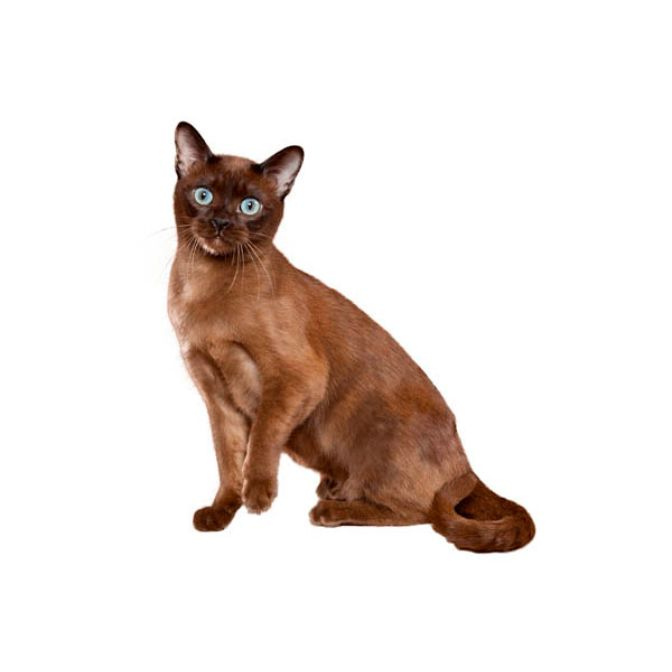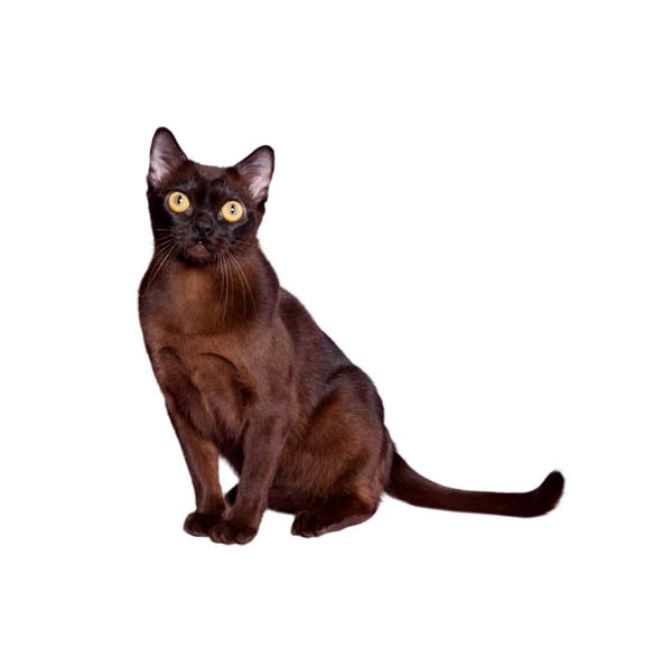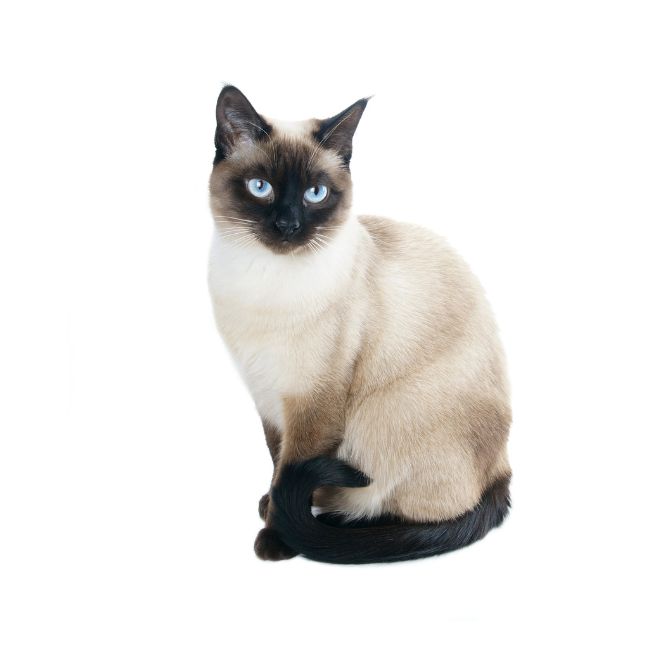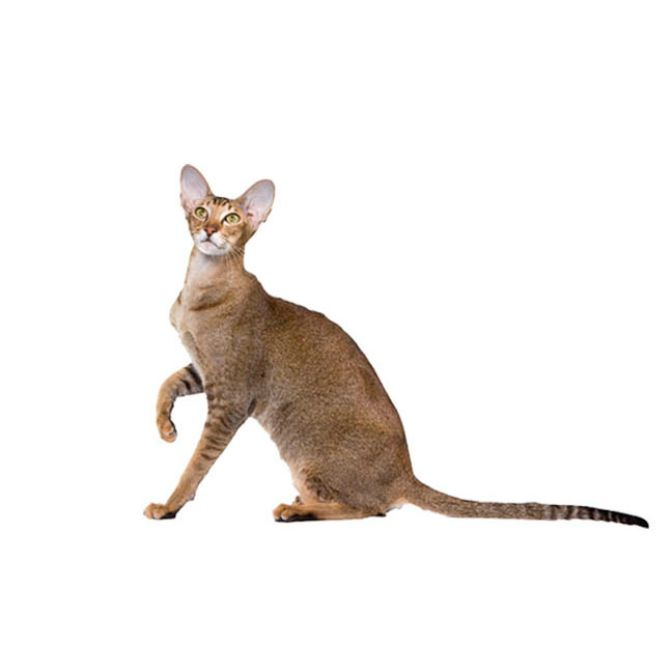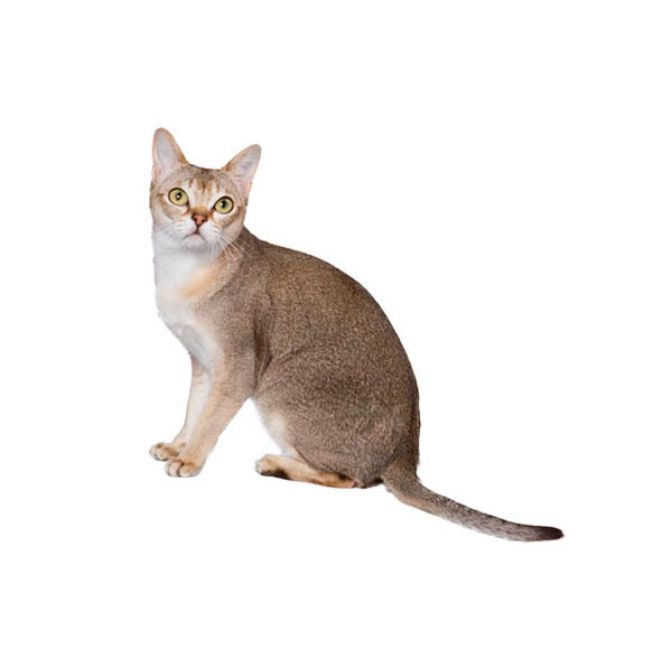Tonkinese
The Tonkinese is new breed, which is the result of crossing a Siamese with a Burmese, and therefore displays characteristics from both breeds. Originally, they were developed in America in the 1950’s and were called ‘Golden Siamese’ but the breed did not take off and became ignored.
Medium
Short
High
2.5 to 5.5 kg
Natural mink, champagne mink, blue mink, platinum mink, natural solid, champagne solid, blue solid, platinum solid, natural point, champagne point, blue point, platinum point
The Tonkinese has the same affectionate, friendly nature, as it’s close relatives the Burmese and Siamese. They are very people orientated and make ideal family pets. 'Tonks' are very inquisitive and intelligent. They can be trained to do tricks and require toys and games for amusement. They love company and if they are to be left alone for long periods of time a companion is a necessity. They are quite vocal and will chatter happily to you and follow you around. Their natural curiosity means they can often get into difficult situations, and they are probably best kept in the house or a secure garden. They do not mind being housecats as long as they have a companion and plenty to amuse them.
The Tonkinese is a medium sized cat of foreign build. The head is gently rounded with a medium wedge that is neither pointed or square. In profile there is a slight nose break sloping down to a firm chin. The ears are set wide apart and are broad based tapering to a rounded tip. The outer line of the ear follows the outline of the face down into the wedge. The eyes are more open than the Oriental shape but are not totally rounded. They slope slightly toward the nose and are set well apart. The preferred eye colour for show cats is greenish blue but they may range from green to light blue. The body is well balanced, firm and muscular and the back rises slightly from shoulders to rump. The legs are slim and well-muscled, with the hind legs slightly longer than the front. The paws are neat and oval. The tail is slender and when brought along the side of the cat reaches to the shoulder.
12 to 16 years
The Tonkinese coat is short and close lying. The texture is fine, soft and silky and has a lustrous sheen. The coat pattern demands that the points, i.e. the mask, ears, legs and tail, are definitely darker than the body and merge gently with the body colour. The Tonkinese comes in a wide variety of different colours: Self Colours - The body is a lighter shade of the points colour and there are no tabby markings. 'Brown' - Warm brown with darker points. Nose leather, eye rims and paw pads are brown. 'Blue' - Bluish grey with darker slate grey points. Nose leather, eye rims and paw pads are blue grey. 'Chocolate' - Warm chocolate with darker points. Nose leather, eye rims and paw pads are chocolate or pinkish chocolate. 'Lilac' - Warm lilac (pinkish grey) with darker points. Nose leather, eye rims and paw pads are pinkish grey. 'Red' - Light red with darker points. Nose leather, eye rims and paw pads are pink. Freckles may appear on nose leather, eye rims, lips, paw pads and ears. 'Cream' - Rich warm cream with darker points. Nose leather, eye rims and paw pads are pink. Freckles may appear on nose leather, eye rims, lips, paw pads and ears. Tortie Colours. The base colour is brown, blue, chocolate or lilac that has red or cream hairs mingled through it. 'Brown Tortie' - Warm brown with mingled red hairs. The colours will be darker on the points. 'Blue Tortie' - Bluish grey with mingled cream hairs. The colours will be darker on the points. 'Chocolate Tortie' - Warm chocolate with mingled red hairs. The colours will be darker on the points. 'Lilac Tortie' - Warm lilac (pinkish grey) with mingled cream hairs. The colours will be darker on the points. Tabby Pattern. The tabby pattern is formed by markings of solid colour on a background of agouti hairs. On the head will be the typical tabby ‘M’ marking, with spectacles around the eyes and spotted whisker pads. The ears are solid but show a definite 'thumbprint'. The markings on the body will depend on the actual type of tabby such as Mackerel, Classic or Ticked. The legs show clearly defined broken stripes of various sizes. 'Brown Tabby' - Dark brown tabby markings on a light brown agouti base colour. 'Blue Tabby' - Slate blue tabby markings on a paler blue agouti base. 'Chocolate Tabby' - Dark chocolate markings on a warm pale chocolate agouti base. 'Lilac Tabby' - Dark lilac (pinkish grey) markings on a pale lilac agouti base. 'Red Tabby' - Dark red markings on a pale red agouti base. Freckles may appear on nose leather, eye rims, lips, paw pads and ears. 'Cream Tabby' - Hot cream markings on a pale cream agouti base. Freckles may appear on nose leather, eye rims, lips, paw pads and ears. 'Tortie Tabby' - Both elements, the tortie and the tabby, must be clearly visible but the distribution of the colour is not important. The tabby markings are broken and overlaid with shades or red or cream. The Tortie Tabby can be brown, blue, chocolate or lilac based. In the tabby, torties and tortie tabbies the nose leather, eye rims and paw pads will reflect the base colour of the coat.
The Tonkinese does not need special grooming as its short coat is self-maintaining but they do enjoy the attention that grooming brings.
The Tonkinese' have no specific health problems and are capable of a long and active life well into their teens. It is advisable, as with all breeds, to have an annual health check to check teeth and liver and kidney function.
The Tonkinese is an active cat and will require 80 Kcals of food per kg of bodyweight per day. They are not prone to obesity and will self regulate the amount they eat.
The Tonkinese is new breed, which is the result of crossing a Siamese with a Burmese, and therefore displays characteristics from both breeds. Originally, they were developed in America in the 1950’s and were called ‘Golden Siamese’ but the breed did not take off and became ignored. It was not until the 1960’s when they reappeared called Tonkinese that their popularity grew, and they became popular pets and show cats. They were awarded full recognition in America in 1975 but in the UK, they still only have preliminary recognition although their numbers and popularity are growing.
The Tonkinese, like her ancestral breeds, the Burmese and Siamese, becomes darker as she ages. A pointed Tonkinese is born white, with the point colors beginning to develop when kittens are a few days old. They do not develop their full, rich colors for several years.
